From Needle to Nation: Unveiling Hercules Mulligan’s Double Life
You know George Washington and Alexander Hamilton, but have you heard of Hercules Mulligan? This Irish immigrant tailor wasn’t just stitching fashionable garments; he was a secret weapon for the American Revolution, operating right under the noses of British officers. Let’s delve into the captivating story of Hercules Mulligan, the tailor turned spy who helped shape a nation.
Whispers in the Workshop: How a Tailor Became a Spy
Born in Ireland in 1740, Hercules Mulligan immigrated to New York City with his family in 1746. After attending King’s College (now Columbia University), he established a thriving tailoring business, catering to New York’s elite, including—fatefully—British officers. However, Mulligan’s true passion lay in the burgeoning Patriot cause. He joined the Sons of Liberty in 1765, likely through his friendship with a young Alexander Hamilton, signaling his early commitment to American independence.
By 1776, as tensions with Great Britain reached a boiling point, Mulligan’s friend, Hamilton, now an aide to General George Washington, recruited him as a spy. Mulligan’s tailoring shop, strategically located at what was then 23 Queen Street (now Pine Street), transformed into a hub of espionage. Under the guise of measuring hems and discussing fabrics, Mulligan gleaned priceless information from unsuspecting British officers boasting about troop movements and battle plans.
His shop, later located at 218 Pearl Street, wasn’t just a place of business; it was a strategic outpost for the burgeoning revolution. Imagine: a British officer, proud and assured, walks into Mulligan’s shop, seeking a new uniform. He casually discusses troop deployments or boasts of impending victories, unaware that the seemingly affable tailor fitting him for a waistcoat is meticulously relaying every word to the Continental Army.
The Spy Who Out-Fashioned the Enemy: Mulligan’s Impact
Mulligan’s intelligence proved invaluable to the American war effort. Some experts believe that information gathered by Mulligan was instrumental in:
- Thwarting an assassination attempt on General Washington: While details remain shrouded in secrecy, historical accounts suggest that Mulligan intercepted British communications revealing a plot against the General, potentially saving Washington’s life and altering the course of the war.
- Securing victory at the Battle of Yorktown: Mulligan is credited with uncovering British plans to trap the French fleet, information that allowed the Continental Army and its allies to counter-strategize, leading to a decisive American victory at Yorktown, a turning point in the Revolutionary War.
These are just two compelling examples; the full extent of Mulligan’s contributions may never be fully known. However, primary sources, including letters between Mulligan and key figures like Alexander Hamilton, hint at a vast network of informants and a constant flow of crucial intelligence emanating from his unassuming tailor shop.
Hamilton’s Confidante, Washington’s Savior: A Legacy Unveiled
Mulligan’s bravery didn’t go unnoticed. General Washington himself acknowledged his debt to the tailor, calling him a “true friend of liberty” and even visiting his shop, solidifying the seemingly ordinary location as a symbol of their shared struggle. After the war, Washington famously dined with Mulligan, a public gesture that helped quell any lingering suspicions about the tailor’s loyalty due to his close ties with the British.
Mulligan’s legacy extends beyond his wartime contributions. He continued his tailoring business, prospering despite economic challenges in the newly formed nation. He died on March 4, 1825, a respected member of New York society, leaving behind a legacy as a skilled artisan, a dedicated Patriot, and a true hero of the American Revolution.
Exploring the Untold Story: Further Research & Engaging Angles
While Mulligan’s story is captivating, many details remain shrouded in mystery. Further research could delve into:
- The Culper Ring’s Inner Workings: How did Mulligan communicate with the Culper Ring? What codes and clandestine methods did they employ?
- The Social Dynamics of Espionage: How did Mulligan navigate the treacherous social landscape of wartime New York City, maintaining relationships with both Patriots and Loyalists?
- The Psychological Toll: How did living a double life and engaging in such dangerous activities impact Mulligan personally?
Crafting an SEO Article That Outshines the Competition
To make your article stand out:
- Engage with Primary Sources: Seek out letters, diaries, or official records that mention Mulligan to provide unique insights and credibility.
- Use Visuals: Incorporate images of tailoring tools, maps of Revolutionary War-era New York, and portraits of key figures to bring your narrative to life.
- Explore Untapped Potential: Delve into the psychological impact of Mulligan’s double life, the risks he faced, and the constant fear of discovery.
By weaving a compelling narrative, exploring untapped potential, and supporting your claims with historical evidence, your article will captivate readers and solidify Hercules Mulligan’s place as a captivating and crucial figure in American history.
Internal Links:
Delve into the intriguing world of henry tandey, a renowned artist whose creativity has captivated art enthusiasts. Discover the remarkable journey of hazel massery and her groundbreaking contributions to the field of literature. Get an exclusive glimpse into the enigmatic world of hazel bryan, a rising star in the art world.
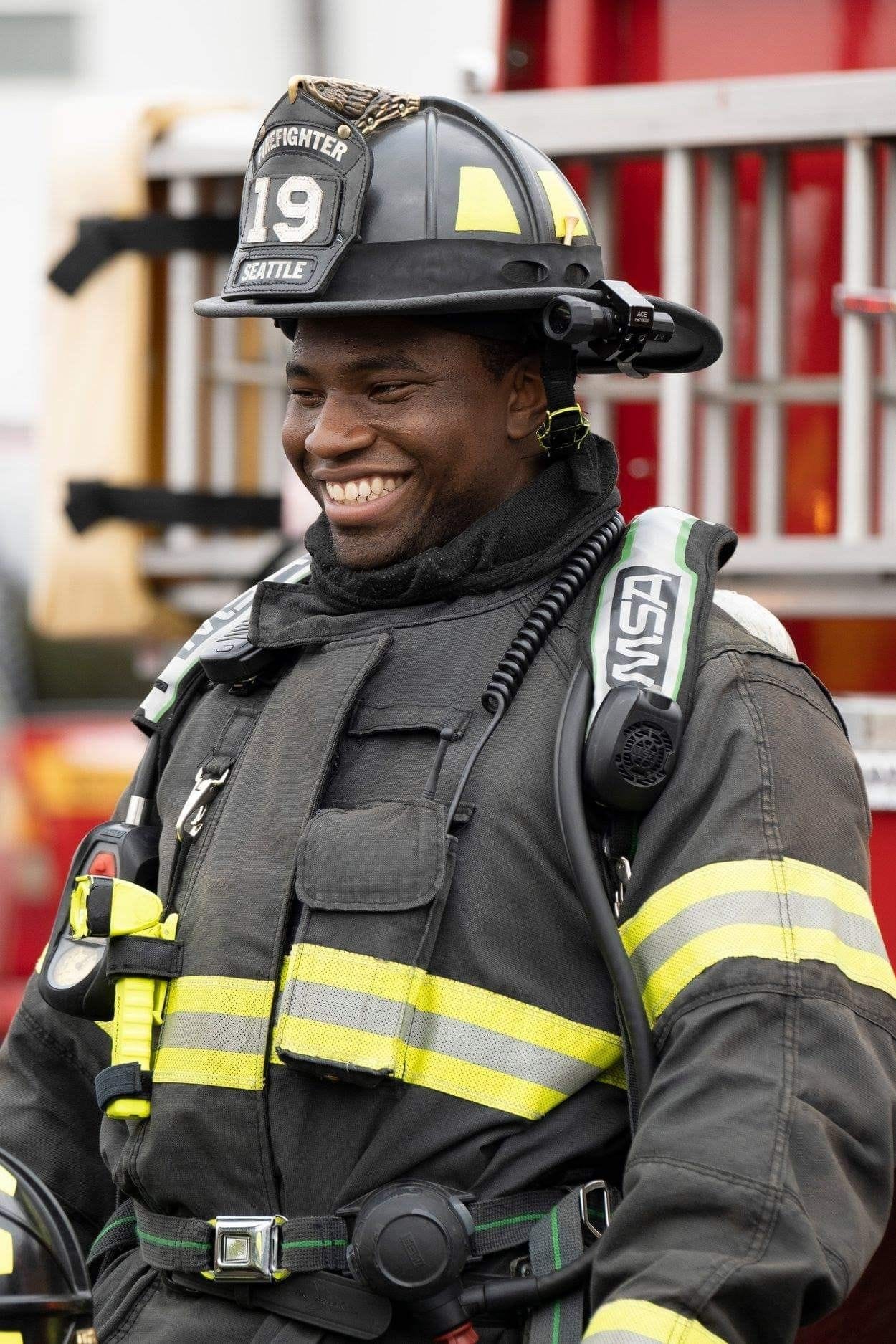
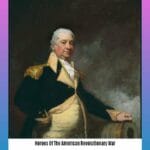
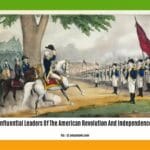

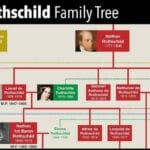
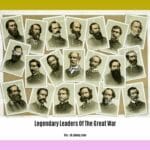









3 thoughts on “Hercules Mulligan: The Revolutionary Tailor Who Spied for Washington”
Comments are closed.